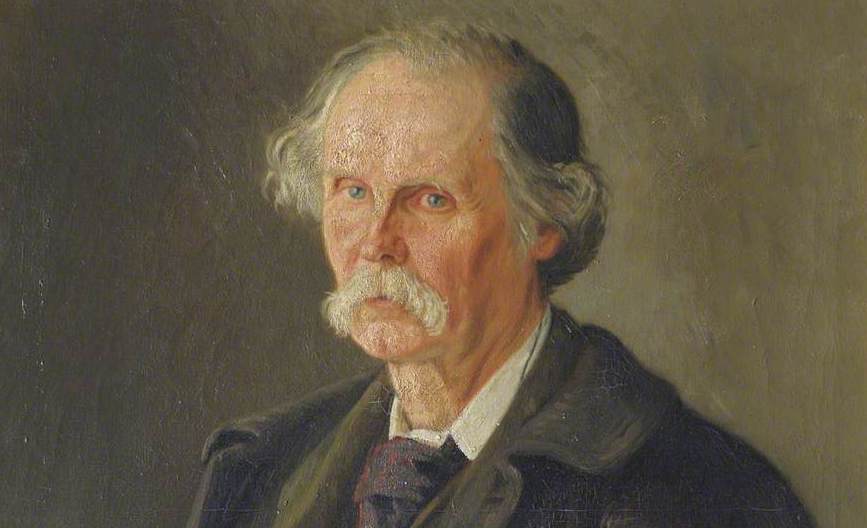He used geometry to explain economic events: Who is Alfred Marshall?
He introduced various analysis tools such as marginal utility curves, total cost curves, and marginal revenues into economics.

Marshall has a reformist personality.
His first book is “Industrial Economics”, which he wrote with his wife.
Marsahall's greatest work is The Principles of Economics, which he published in 1890.
Learning economics in England and the USA has been synonymous with learning Marshall's principles.
Famous names of economics were among the students of Keynes, Pigou, Joan Robinson, Piero Sraffa, Robertson, and Marshall.
Marshall's appearance on the economic scene also coincided with a very opportune time. Because 1890, the year when his famous book Principles of Economics was published, coincides with a period when the foundations of classical economic theory were collapsing.
John Maynard Keynes used to describe Marshall as follows;
"He (got) his backpack and spent most of his time wandering the high Alps… Leaving Cambridge in early June, tired and overworked, he would come back strong and fit in October… He would get up at six in the morning in the Alps. He would walk for three hours. Sometimes he would sit for a long time on the ice and read the books of authors like Goethe, Hegel, Kant or Herbert Spencer... This was his philosophical phase. Later on, he studied the theories of Domestic and Foreign Trade during these walks. A box of books etc. from one phase to the next. "He was sent abroad, but for a week or more, he would only go with his backpack. He washed his shirt in the pouring rain and dried it on the backpack he carried on his shoulders. He realized his most intense thoughts on these solo hikes in the Alps."
He lived between the years (1842-1924) and was one of the economists who belonged to the classical school. His most important work is Principles of Economics. According to Marshall, economics studies the daily needs of people. Daily necessities, on the other hand, are economic activities, activities that can be measured in money and have a price. Marshall also benefited from geometry in explaining economic events. He introduced various analysis tools such as marginal utility curves, total cost curves, and marginal revenues into economics. It is he who also takes into account the time factor in establishing the supply-demand balance.
Marshall is studied within the neoclassical that reinvigorates the ideas of classical economists. Classical economists tried to explain price with costs, and marginalists with marginal utility. In other words, they established a cause-effect relationship between supply and demand. Marshall, on the other hand, showed that there is not only a cause-effect relationship between supply and demand but also a functional relationship.
